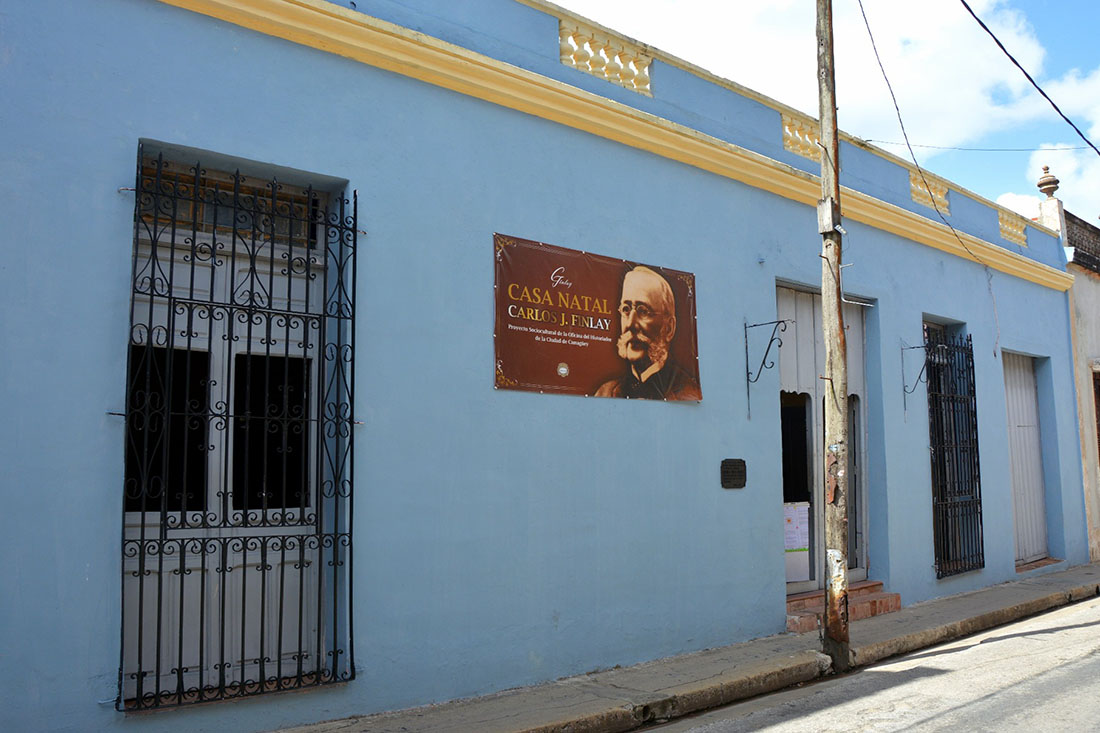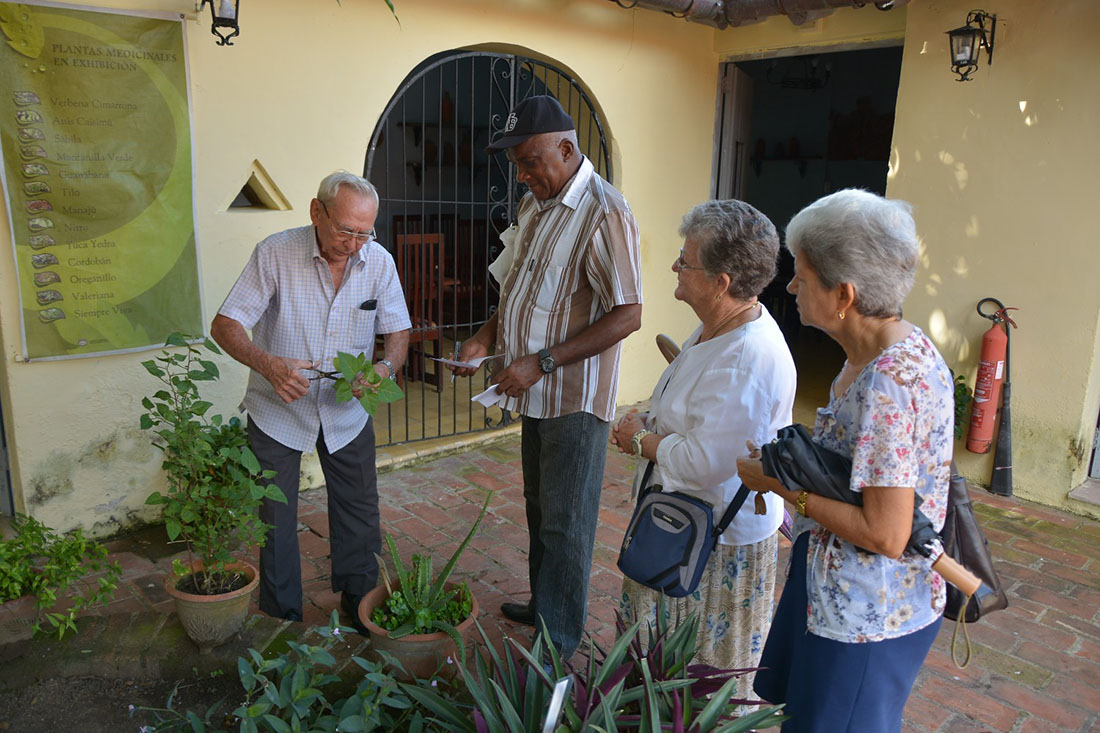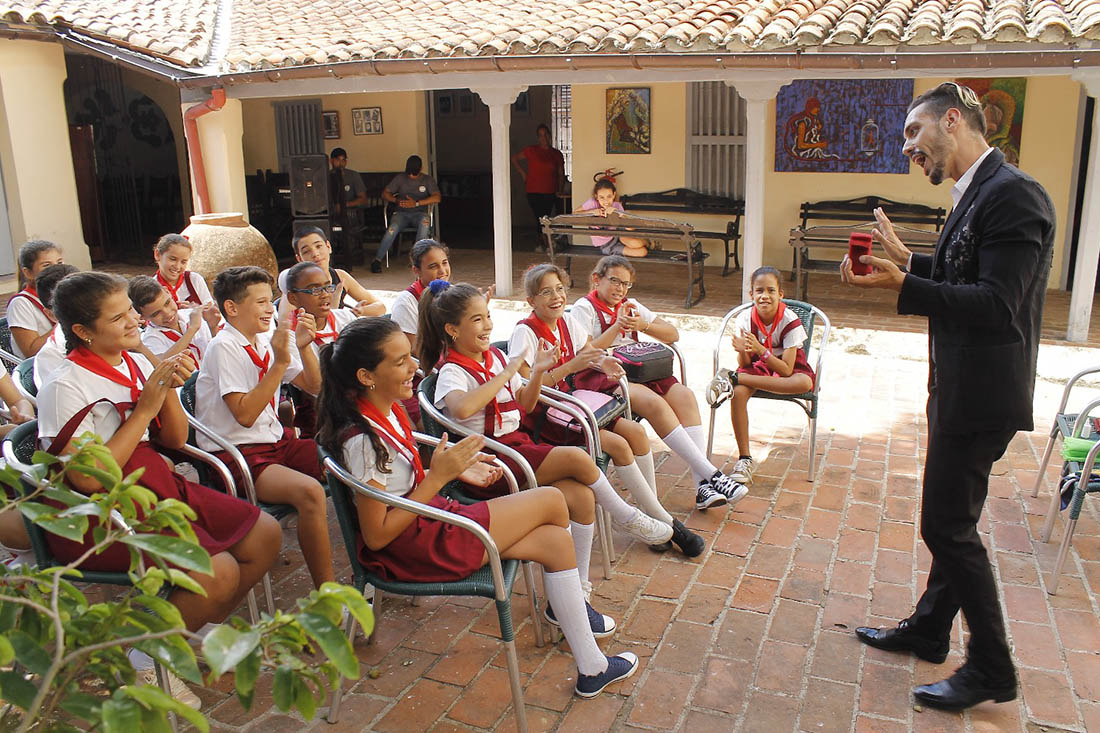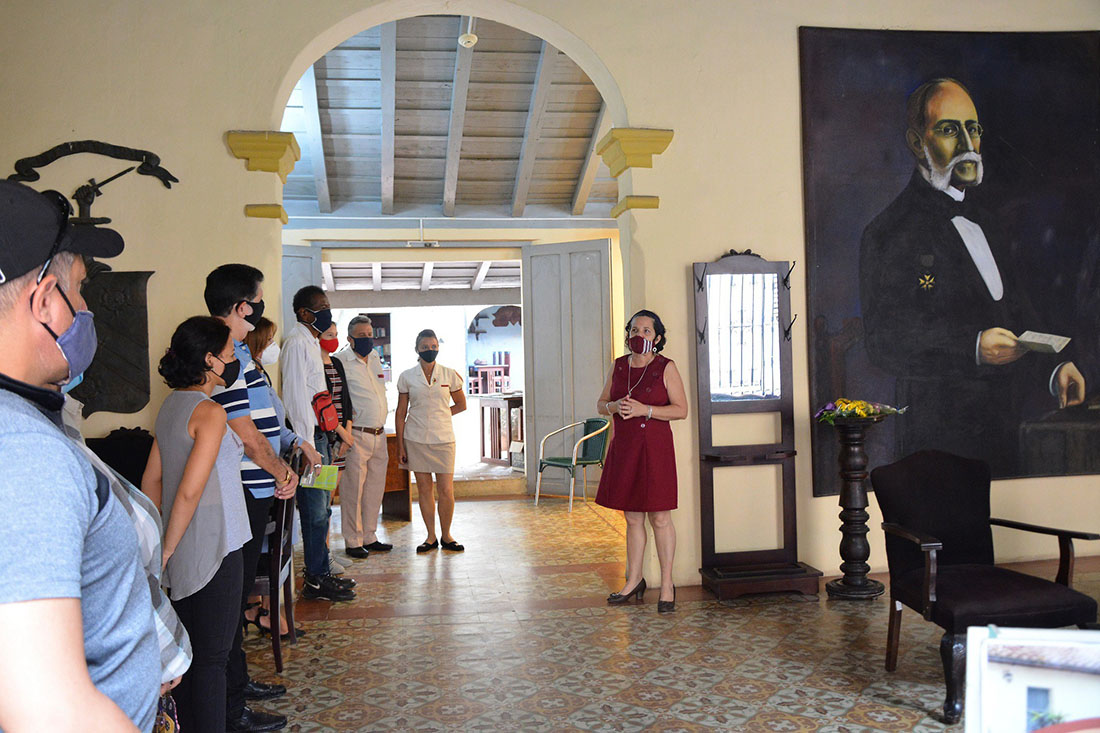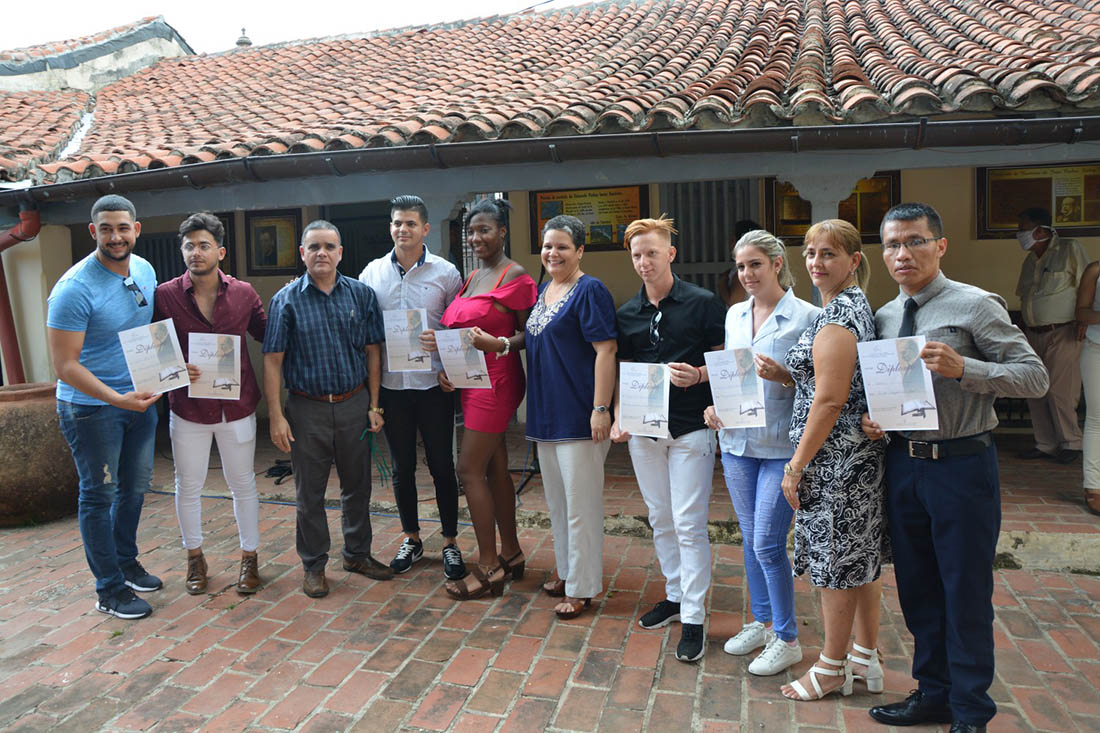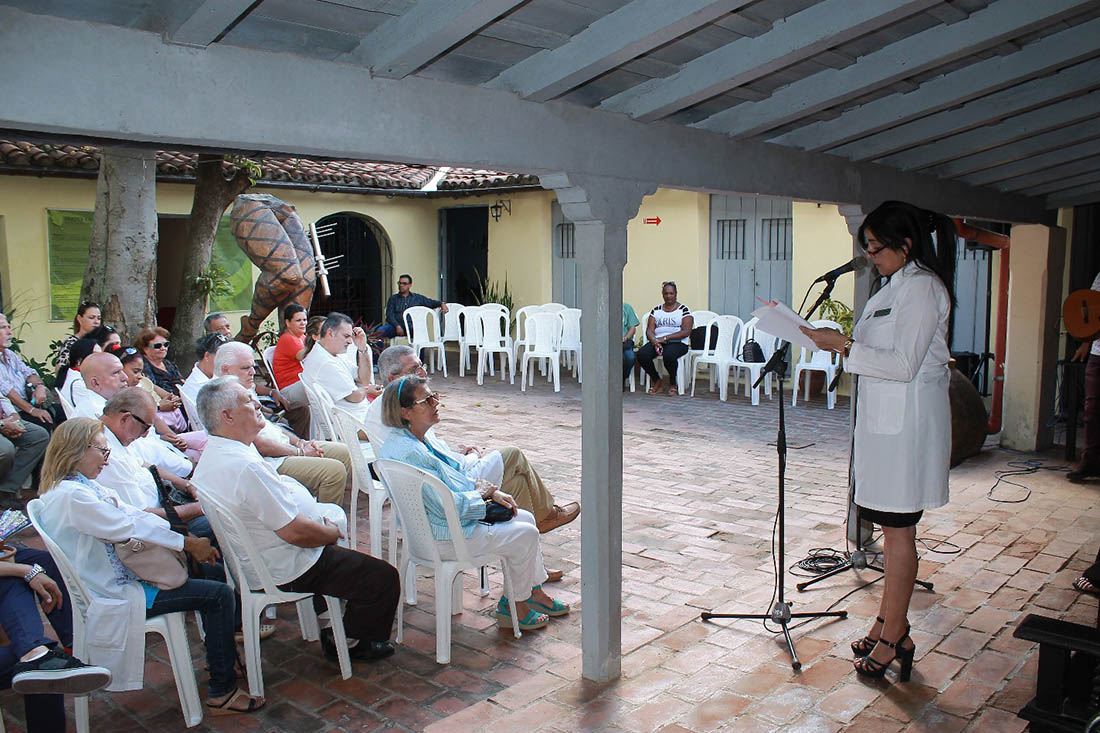Carlos J. Finlay is a personality that arouses a lot of controversy around him. First, an attempt was made to take away the authorship of him as discoverer of the transmitting agent of yellow fever, at present he is still named incorrectly and as if this were not enough, there are those who doubt the location of his birthplace.
The main arguments for not recognizing the house located with the current address of Christ, number five, is the plaque that was placed last century in the old Los Ángeles alley, today Finlay alley, as an action of the people of Camagüey through the Club de los Leones to honor the work of one of the most famous figures in Cuban science.
“At the time the plaque was unveiled, it was very clear from the doctor who made the central intervention that it was not proven that this was his birthplace and that if at any time it was proven that Finlay had been born in another place, the plaque could be transferred.
“In addition, there are different elements that lead us to affirm that it is in Christ number 5 that Finlay was born. At the time there was the custom of baptizing children in the nearest parish. It would be logical for him to be baptized in Our Lady of Solitude Church, but his baptismal certificate appears in the Mayor Parish Church, right where Christ Street begins. Another element that proves this is the chapter record found in the historical archive of our city that authorizes his father to practice as a doctor in this house, therefore there is no doubt, “says María del Carmen Pontón Guillemí, director of the Carlos J. Finlay Birthplace.
Although the evidence confirms that this house is Finlay’s birthplace, there are those who even claim that he was not even born in Camagüey city.
“There are hypotheses of people who categorically affirm that he was born in Minas, other people who say that he was born in Vertientes, even that there was a booth where he did his first experiments. This is impossible, because Finlay was born in this house on December 3th, 1933 and lives there for about a year only.
“After moving to the house on the current General Gómez Street, his father is accepted in a job that he aspired to in Havana and the family moves to the capital, where Finlay developed his wisdom and carried out most of his scientific work, therefore it is impossible for him to carry out his first experiments in Vertientes “, he adds.
Today his birthplace, an institution attached to the Office of the Historian of Camagüey city, keeps alive the legacy of the outstanding Cuban scientist, not only safeguarding the property but also through socio-cultural projects linked to medicine and the quality of life of vulnerable sectors.
Those who work there do not rest in the desire to clarify doubts and controversies around his figure, convinced that this is one of the most worthy ways to perpetuate his life and work.
Translated by: Aileen Álvarez García

